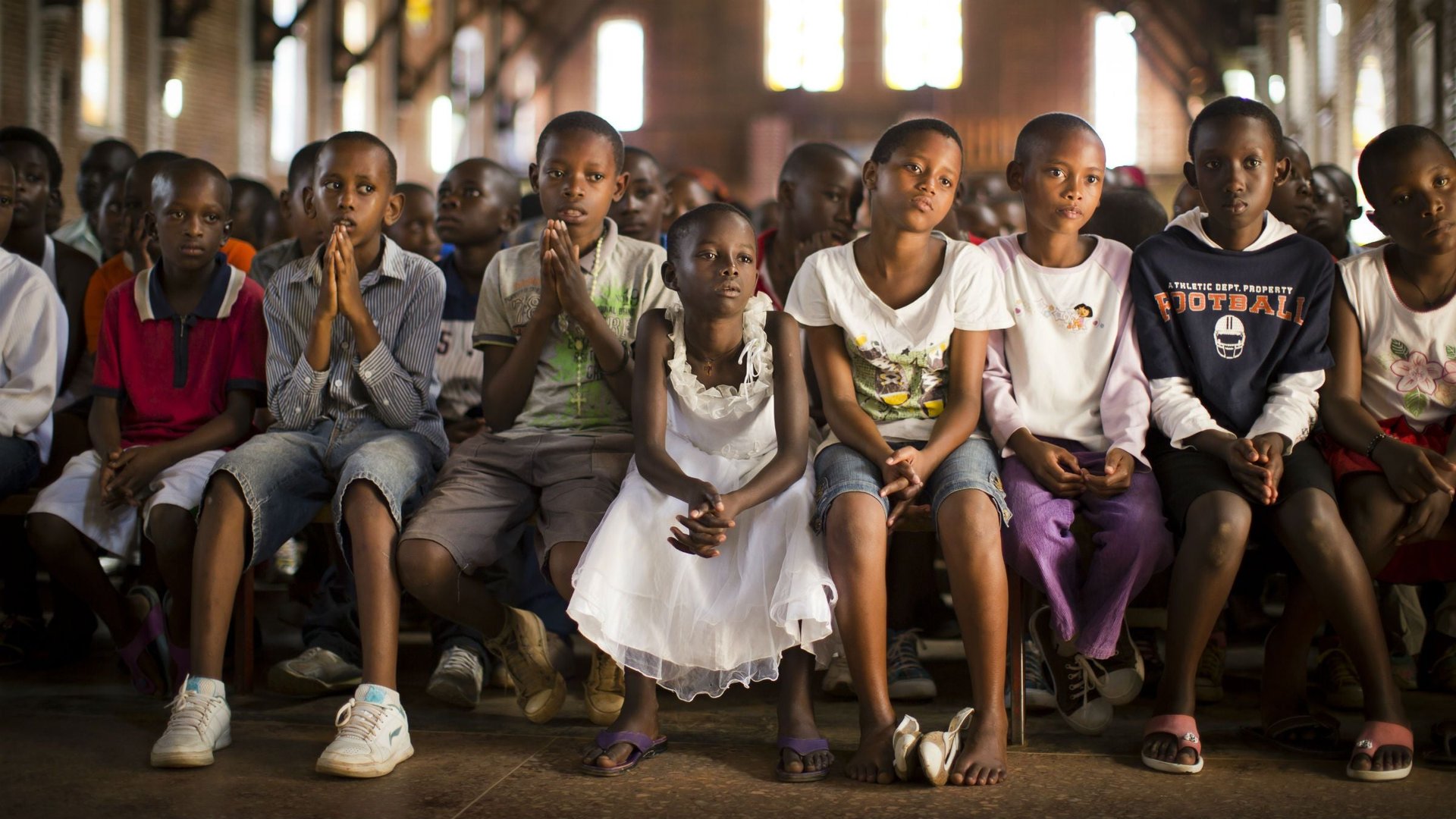To help poor Americans live longer, doctors are copying Rwanda, Ethiopia, and Brazil
The average life expectancy in South Dakota’s Oglala Lakota County is 66.8 years (pdf). That’s far lower than the average US lifespan of 79 years—and lower than the average in Rwanda, Sudan, and Iraq, too.


The average life expectancy in South Dakota’s Oglala Lakota County is 66.8 years (pdf). That’s far lower than the average US lifespan of 79 years—and lower than the average in Rwanda, Sudan, and Iraq, too.
Despite spending more money per capita on healthcare than any other country, the United States still struggles with dramatic health inequality. So to raise life expectancy in very poor areas like Oglala Lakota County, some researchers are looking at developing countries for advice: At Mount Sinai Health System in New York, a research group from the Icahn School of Medicine is studying countries like Rwanda, which has added more than 30 years to citizens’ average life expectancy since 1990.
“People systematically don’t look at low- and middle-income countries” as models of public health policy, acknowledges Prabhjot Singh, chair of the school’s Task Force for Global Advantage. “But not every [poor] country has been able to make the same breakthrough.” This, he says, suggests that some developing nations’ public health strategy plays an important and teachable role.
Task force coordinator Amanda Misiti is careful to note that different data collection methods make it impossible to directly compare US health statistics with that of various poor countries. Nevertheless, she says, the US can still identify and import innovation.
What poor countries can teach rich countries
The Mount Sinai task force, which published its first findings in April this year, looked at outstanding national health improvements in Rwanda, Ethiopia, and Brazil. It found a common thread: Community involvement.
In the US, health systems are designed and implemented top-down by hospitals, clinics, or community health centers, while community organizers (typically from non-profits) work outside the system. But in poorer countries, community workers are often involved in bringing healthcare to patients; in Haiti, Quartz found that a small group of medical workers are asking village leaders to help organize pop-up clinics in rural areas.
The task force says that involving community representatives in the formal health system would help health authorities gain a clearer picture of the community: Who has insurance? Who should apply for government funds? Who is suffering from chronic conditions? Who needs help following up on a doctor’s appointment? All this information is frequently missing in poor areas of the US.
Community members could help more Americans navigate the complex health system and help reduce the high cost of health care. By offering lifestyle advice and screening for health conditions before they worsen during routine check-ups, they could avoid emergency room visits, which are far more costly. Community health workers could also identify potential crises, such as opioid abuse, early on.
The task force is eager to test this approach soon in the US. It plans to identify the health coverage gap in a poor community, build a network of local primary physicians, enroll residents in health-tracking programs, and train them to create a network of health workers that can identify local needs.
In a way, the task force’s results resurrect an approach that worked in the US decades ago. In the 1960s, the first US community health centers were developed following examples of community-integrated care from rural South Africa. These went on to become key services for underserved communities, primarily in poor areas, providing health care to 40 million citizens and enjoying bipartisan support.
But while most centers are now primarily places where citizens can find doctors and services that serve specific areas, the task force hopes to connect them more with the surrounding community, creating a network that extends beyond mere medical treatments, and into broader health issues like maternal care or food security, explains Misiti.
Bringing back an old model of healthcare, the researchers argue, can be the best way to innovate. ”Technologies aren’t always things,” reminds Singh, adding that it’s important not to miss the “simple solutions that escape us.”